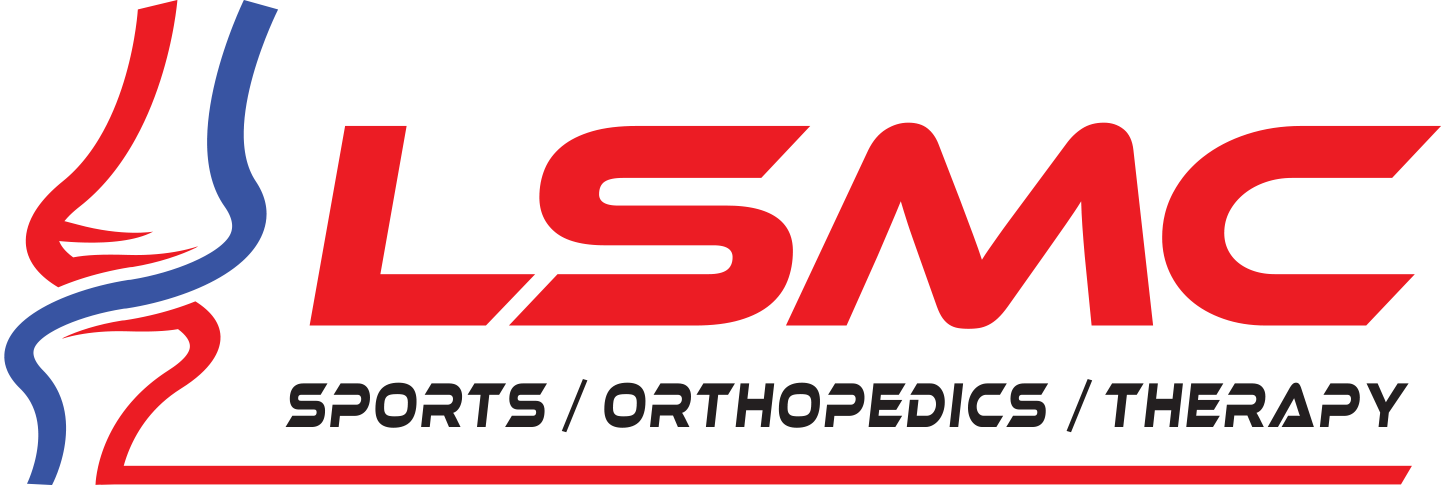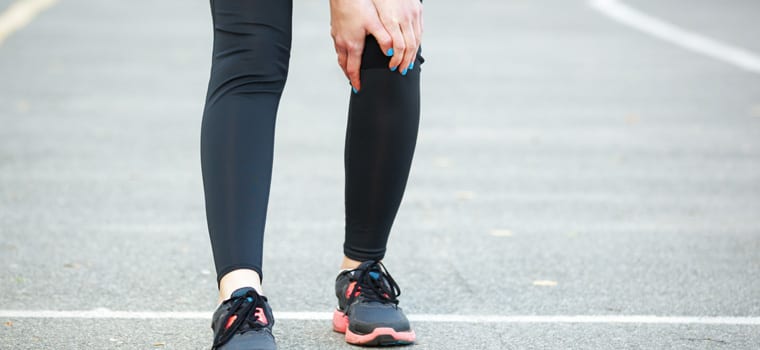Working out is one of the best habits to have, but even a small injury can set back months of progress. The iliotibial band, or IT band, can be difficult to address. Rather than thinking about what exercises can be done, focusing on proper healing and progression of exercises should be the focus. Understanding how the IT band works can help.
The IT Band is made of fascia, a spider web-like material that encases muscles and internal body parts. It starts at the greater trochanter, the pointy bone that sticks out on the side of your thigh. The hip fascia comes together to form a fibrous band down the side of your leg on each side. As a band, it stops just below the outside of the knee.
The IT Band supports the hip muscles and knee in pushing your leg back, to the side, and turning your knee out. This is important because these functions are all used in walking and running.
The IT band is a physical structure, so it can be torn. It is a strong supporting structure, so this is only likely to happen if you put extreme stress on it. A tearing sensation on the side of the knee following a specific action such as a fall or lift would be a sign of a tear.
A common injury is Iliotibial Band Syndrome. With continued stress and poor biomechanics, it becomes thickened in the knee area. Outer knee pain, tenderness, swelling and redness are signs. Snapping when you roll the hip up and out is also a sign of poor IT band function.
When It Is Right to Exercise After Injury
If there is pain, it is time to rest. Pain is a signal to our body that we are causing damage. After seeing a medical professional and getting to the point where you are approved to start gentle exercise, there are some exercises that are better than others for healing an IT band injury or keeping up your fitness level. But it is important to be cleared so you don’t make your injury worse.
- Stretch. Begin with stretches to make sure your body is moving correctly and to decrease fibrous build-up. The referenced Princeton University handout has some examples.
- Have your gait checked. Your foot can roll in – called overpronation—causing poor biomechanics and increasing risk of injury.
- DO NOT return to running or heavy lifting until cleared by a medical provider.
- The best exercises while you build stability and muscle balance are low-impact. Swimming, low-resistance cycling, and walking as tolerable are examples.
- Slowly increase difficulty of exercises. The Princeton University reference shows exercises your physician may approve.









